Key Features
Today’s article serves as an introduction of a new player on our market, besides the usual review. This is Valkyrie, a company that offers mainly liquid AIO coolers, although you can also find one air cooler in their offer. The focus of today’s article, however, is the Dragonfang 360, which is a liquid AIO cooler that promises solid efficiency at a reasonable price, which of course I intend to rigorously test on my test rig.
Key features of the cooler
Dragonfang 360 is a liquid AIO cooler of typical design with a pump hidden inside the cooling block. The pump drives the liquid from the block to the radiator and back via a pair of braided tubes, which are made of a highly durable and at the same time highly pliable copolymer (FEP). As is usual with AIO coolers, an aluminum radiator with a thickness of 27 millimeters is used here. Overall, the Dragonfang 360 is no different in design from most AIO coolers on the market and there are no tricky surprises waiting for you.
The top surface of the cooling block is a visually interesting feature. The whole top of the block rotates freely around its axis and in one half of this rotating part there is a small weight. This ensures that the top will always be in a horizontal position regardless of the orientation of the rest of the assembly. The crossbar with the plastic manufacturer’s logo can be easily removed and rotated if necessary, as it is held in place by small magnets. In addition, the crossbar with the logo as well as the entire circular perimeter of the upper part of the block are lighted by ARGB LEDs.
The copper coldplate surface is pleasantly sized and has a thin layer of thermal paste applied to it from the factory, eliminating the worry of the correct amount and/or the correct application method, about which you will find perhaps too many articles on the internet, and they usually contradict each other. However, you will also find a small tube of additional thermal paste in the cooler’s box should you later move the cooler to another build or perhaps upgrade the CPU in your build.
The tubes are mounted in the cooling block by means of swivel fittings, which are a bit unconventionally outside the main axis of the cooling block and are slightly offset to the side. However, this shouldn’t be a problem for compatibility with RAM or motherboard VRM heatsinks. There are a pair of cables coming out of the block that take care of the PWM control (!) of the pump and the ARGB lighting of the cooling block. More ARGB elements can be found on the fans, where however there is no classic ring around the rotor with blades, but four LED segments in each corner of the frame.
What I rate as absolutely perfect is the presentation of the product and its accessories. Well, judge for yourself by looking at the following photos.
Everything is neatly stored in a generous amount of protective foam, well labelled and described. There is nothing essential missing in the accessories and on the contrary, you will find nice bonuses in the form of plastic clips for the cooler tubes and also tape to prevent accidental disconnection of ARGB cables. But above all you will find a hub for the fans with PWM control combined with a hub for the ARGB lighting. Paradoxically, however, its presence is hardly needed, because the fans have the option of a serial connection using the included couplers. Realistically, you can get by with two PWM headers and a single ARGB header on the motherboard. However, the hub will certainly allow for much neater cable routing and management in the build.
Přiložený manuál je velmi detailní, ale zároveň zůstává přehledný a neměli byste mít problém s žádným krokem instalace chladiče nebo jeho zapojení. Samotná montáž chladiče by však mohla být o něco jednodušší. Nejsem velkým fanouškem trefování se šroubkem do malého otvoru v backplate u Intel patice, kdy si často odřu klouby na prstech o nadrozměrné pasivy moderních základních desek.
Pump, radiator and fan parameters
The Valkyrie Dragonfang 360, due to its classic design, does not stand out from its class, dimension-wise. The cooler supports all modern sockets, the radiator length is just under 400 mm and the block dimensions are also standard. Price-wise, the Dragonfang 360 is a bit worse than its direct competitors, which is at least a bit offset by the longer warranty.
| Cooler | Valkyrie Dragonfang 360 | Endorfy Navis F360 | MSI MEG Coreliquid S360 | |
| Supported sockets | Intel 115x, 1200, 1700, 20xx; AMD AM4, AM5 | Intel 115x, 1200, 1700, 20xx; AMD AM4, AM5 | Intel 115x, 1200, 1700, 20xx; AMD AM4, AM5, TR4/sTRX4 | |
| Radiator dimensions (H × W × T) | 397 × 120 × 27 mm | 395 × 120 × 28 mm | 394 × 120 × 27 mm | |
| Block dimensions (H × W × T) | TBD | 90 × 95 × 48,5 mm | 84 × 95 × 95 mm | |
| Hose length | 425 mm | 390 mm | 380 mm | |
| Pump speed | N/A | 2600 rpm | 2800 rpm | |
| Radiator material | aluminium | aluminium | ||
| Max RAM height | no restrictions | |||
| Warranty | 5 years | 3 years | ||
| Approx. retail price | € 168 | € 110 | € 250 |
The X12 fans were recently tested by my colleague Samák, whose review can be read here. They are really solid fans with high enough static pressure for use on a radiator, they just have a slight tendency to interfere with the radiator at times and thus make more noise at certain speeds.
| Fan | Valkyrie X12 | Endorfy Fluctus 120 PWM | DeepCool FK120 PWM | |
| Bearing | FDB | FDB | FDB | |
| Max. speed | 2150 rpm | 1800 rpm | 2250 rpm | |
| Max static pressure | 3.14 mm H2O | N/A | 3.7 mm H2O | |
| Max. airflow | 135.9 m3/h | N/A | 145.9 m3/h |
- Contents
- Key Features
- Measurement methodology
- Results – 36 dBA
- Results – 39 dBA
- Results – 42 dBA
- Results – 45; 48 and 51 dBA
- Results – maximum speed
- Spectral analysis of noise
- Conclusion and evaluation





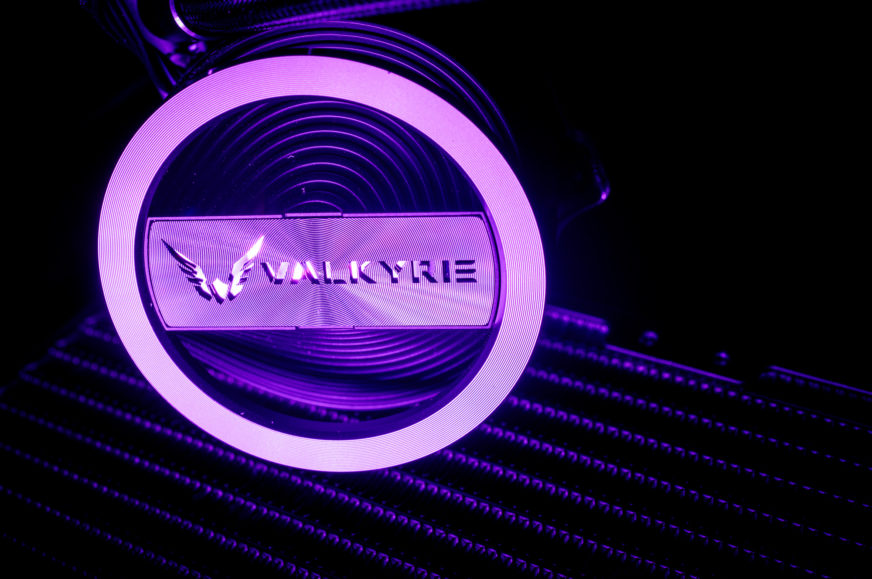
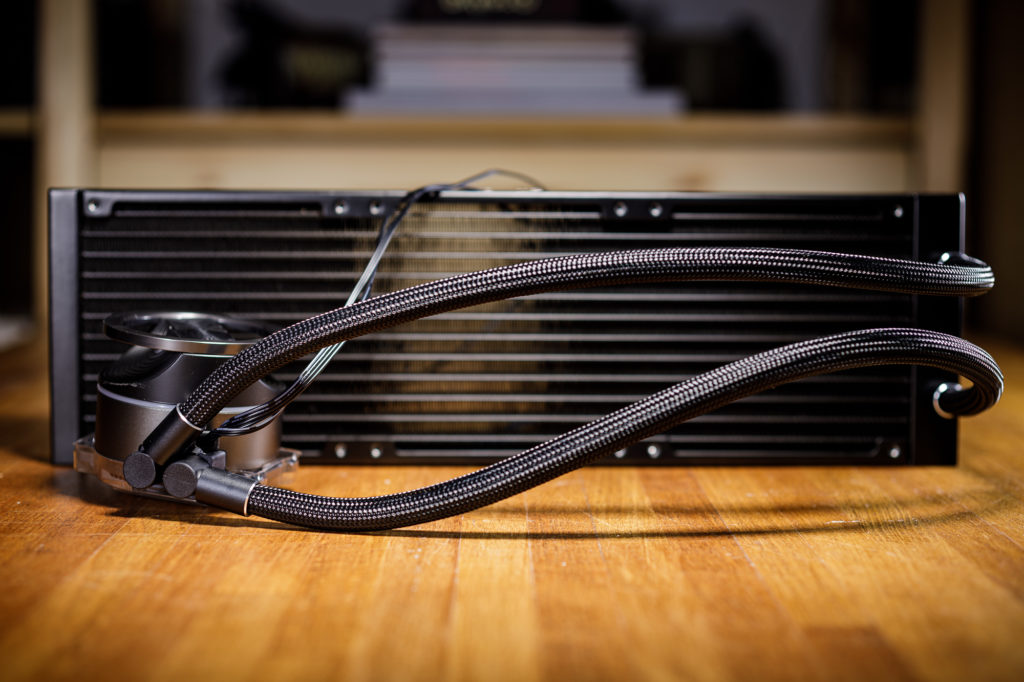
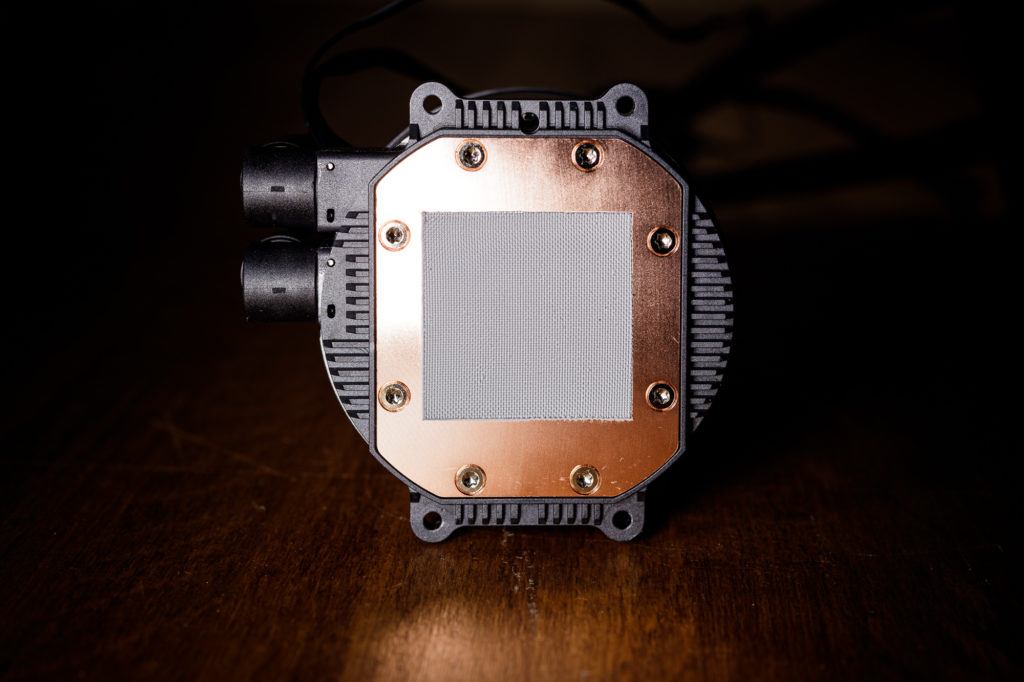
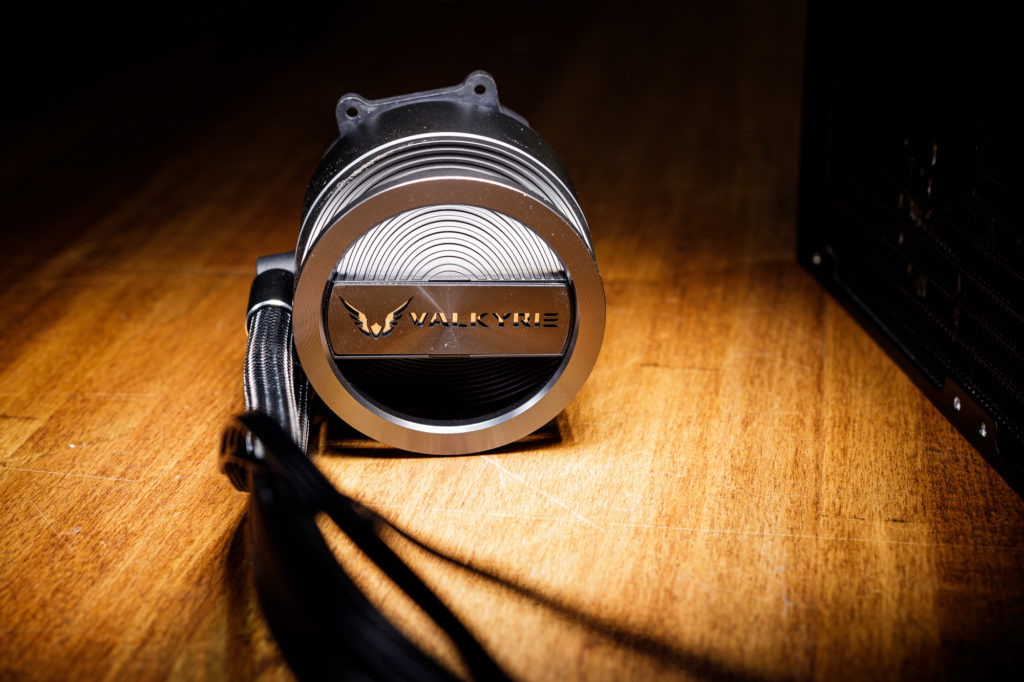
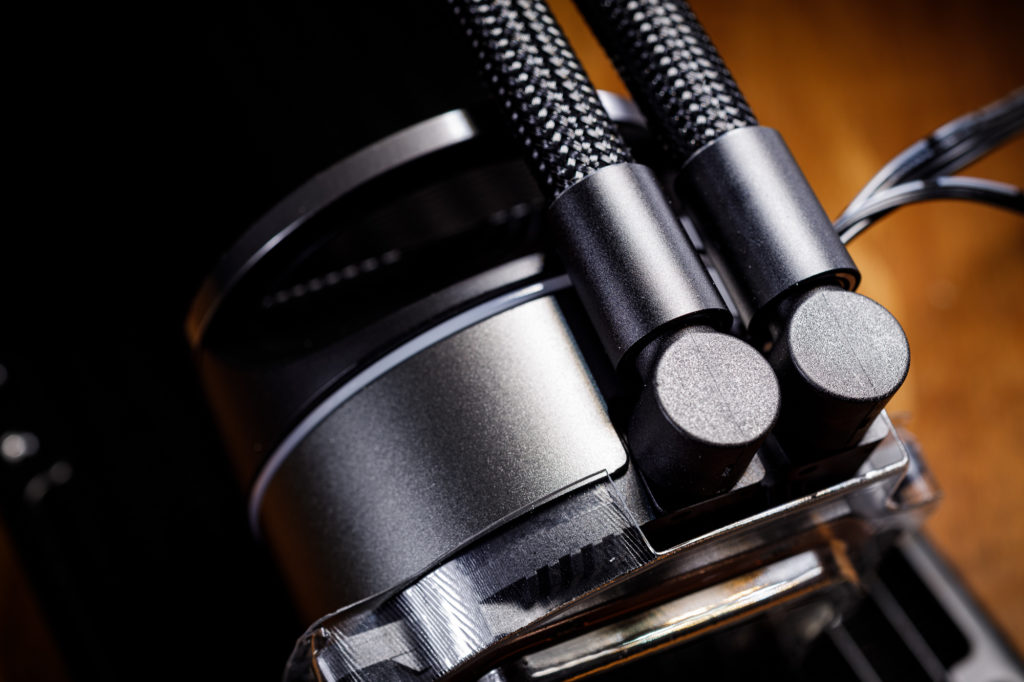
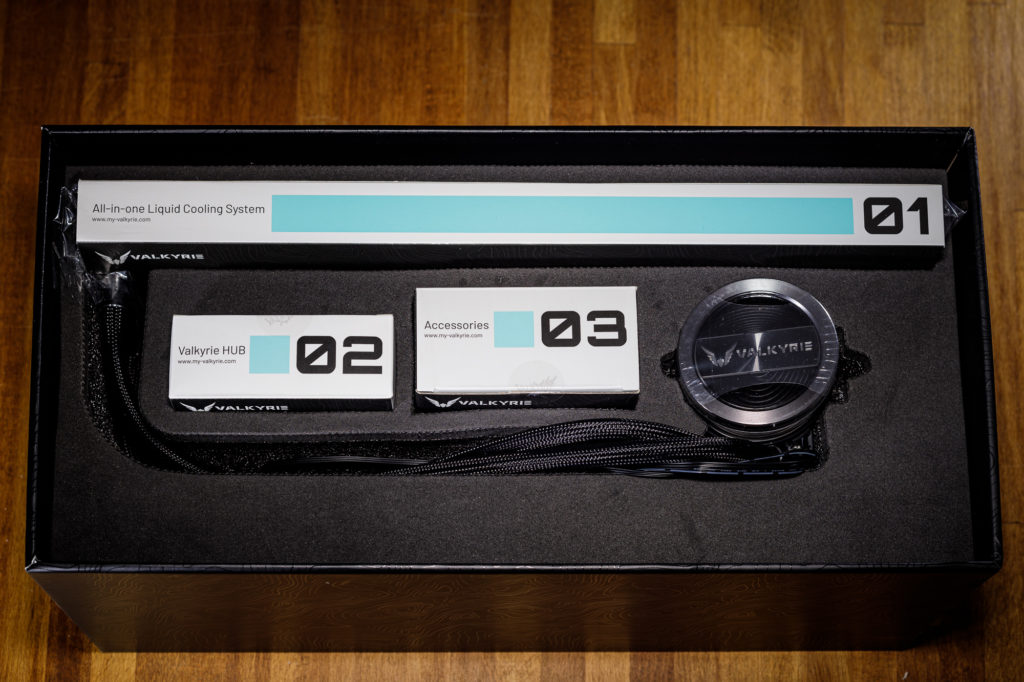
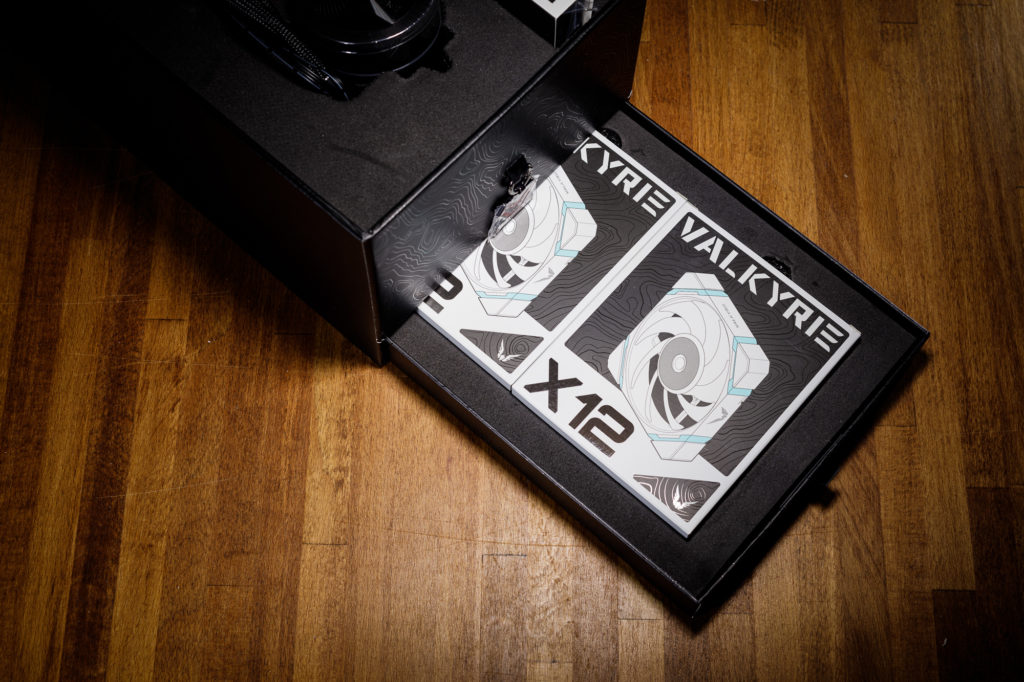
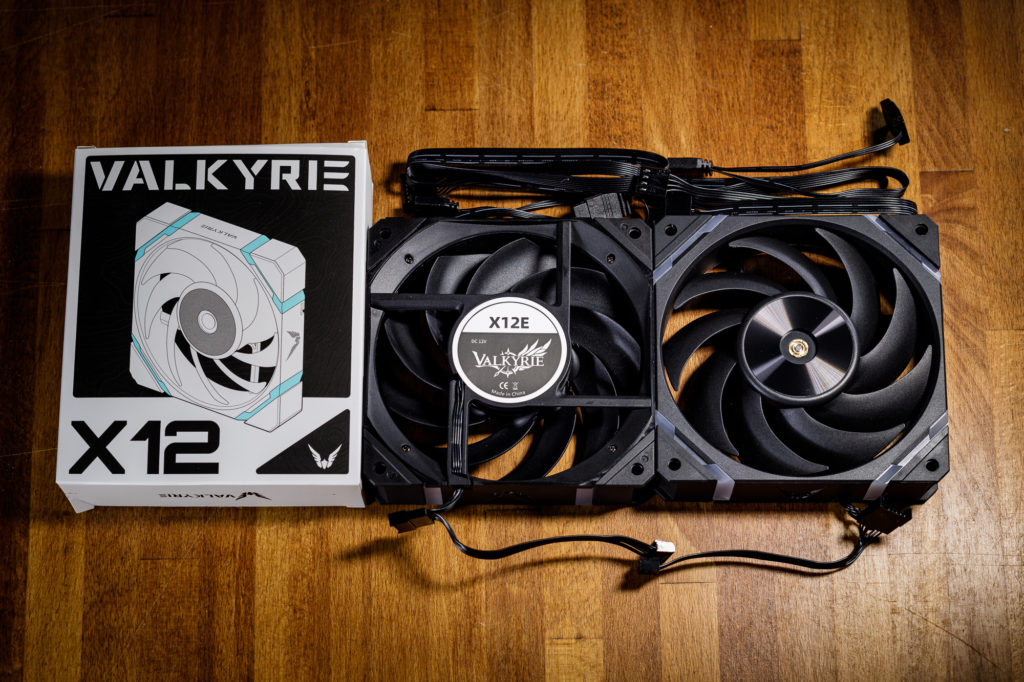
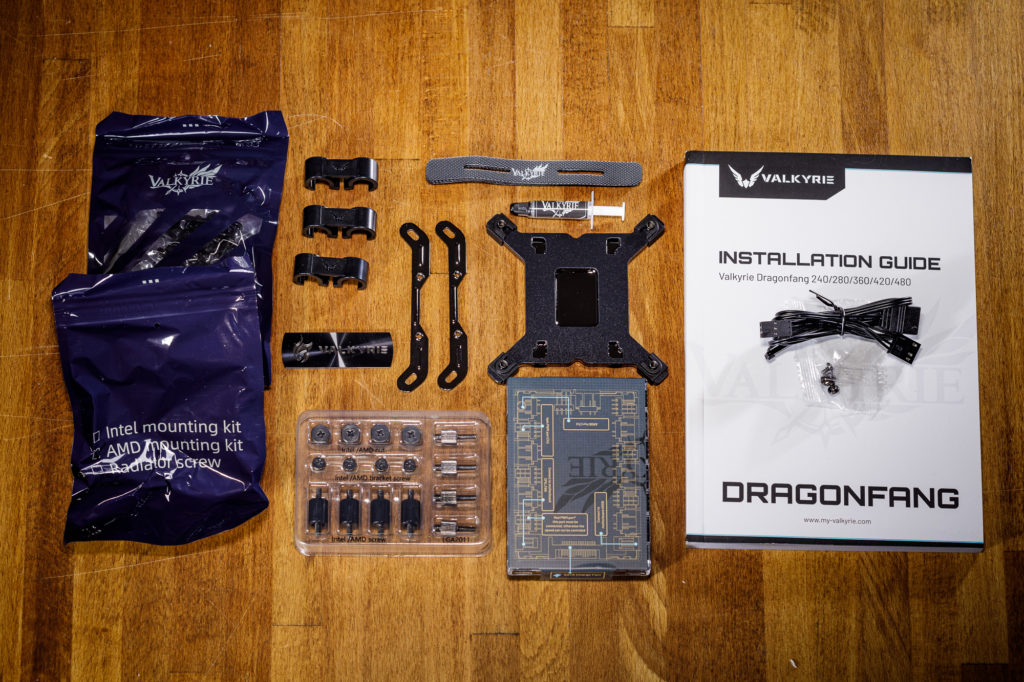
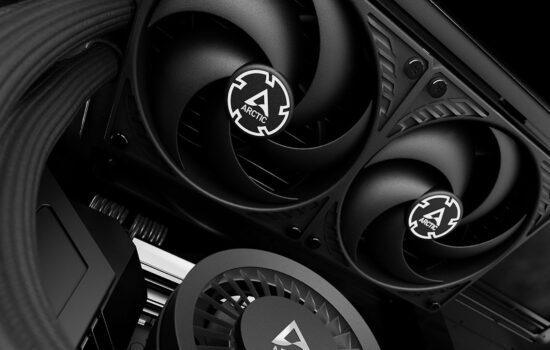





Great analysis as usual guys
Question, do you take the pump noise levels into account as well?
Any way to test pump noise reliability (vibration or rattling during idle, like the typical zzzzzzz slightly audible if close to the case).
Im thinking about the LT720 DeepCool, but my current LE720 DeepCool produces a slight buzz noise that I want gone.
Thanks!
Hello and thanks for your comment.
Yes, I always take pump noise into consideration as it’s part of all those noise normalized testing. And it’s always an issue with AIO – they can never be whisper silent as air coolers due to pump noise. I have fully fledged custom liquid cooling loop in my PC and even it is not completely silent, my DDC at 20% (lowest possible setting) is still slightly audible.
LT720 is a great cooler, I used it as an interim cooler while waiting on some cooling parts after periodal upgrade of hardware. But you will still hear the pump, no matter what. You want complete silence? Go passive/semi-passive, no other way around it (which sucks a little for me as well, I’d love dead silent system, but I also need computing power which means higher power output and thus more cooling capacity which comes along with some noise as well).
An isolated evaluation of the pump would be nice to see, even if it’s only frequency analysis.
The question is how relevant in terms of accuracy it would be. I suppose that the technical level of deaeration, which is significantly reflected in the noise level of the pump, can be different within the same model. Especially for cheaper liquid coolers. I don’t think that this is something that manufacturers are concerned with in terms of quality standards. Of course, then it is possible to take more samples for analysis, but as you can see, we have different time frames for different tests. We can’t devote as much space to CPU cooler tests as we can to fan tests, for example.